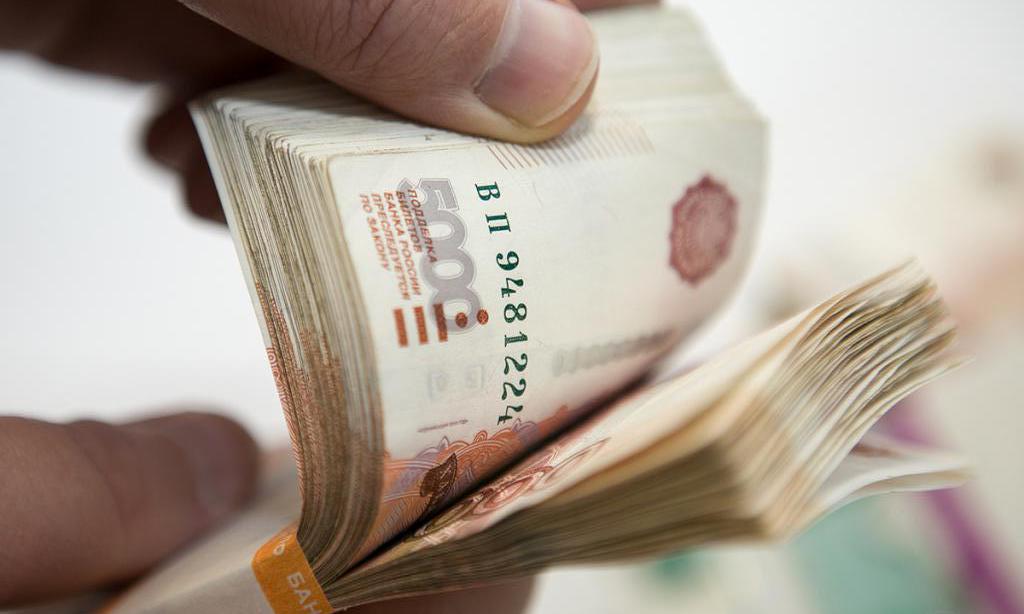The cost of goods includes all the costs necessary for the production and sale. It is one of the main indicators reflecting production efficiency. There are several types of cost of production of an enterprise, they are divided according to the sources of data for calculations, as well as what costs are included in the cost of production, how much and what period of time is taken for calculations.
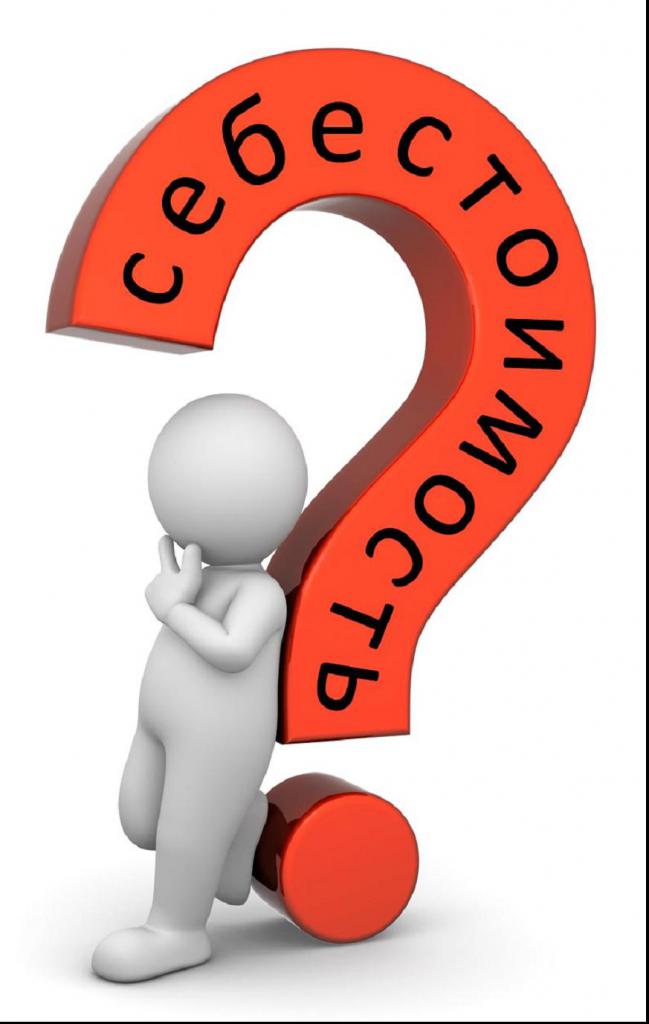
Costing options
There is no single algorithm for calculating cost in the economy; each enterprise has the right to use its own algorithm, which differs significantly from corporations and small companies. Also, the algorithm may vary depending on the type of products manufactured, the nature of production, the number of employees involved.
Types of cost depending on the data used: planned and actual
Types of production costs may be divided depending on the data used for the calculation.
If you need to calculate the cost for a certain period, then the planned s / s of the product is used. In most cases, the length of time for the calculation is selected year. Costs are forecasted on the basis of already concluded contracts for the supply of materials, wages to employees and other already known values.
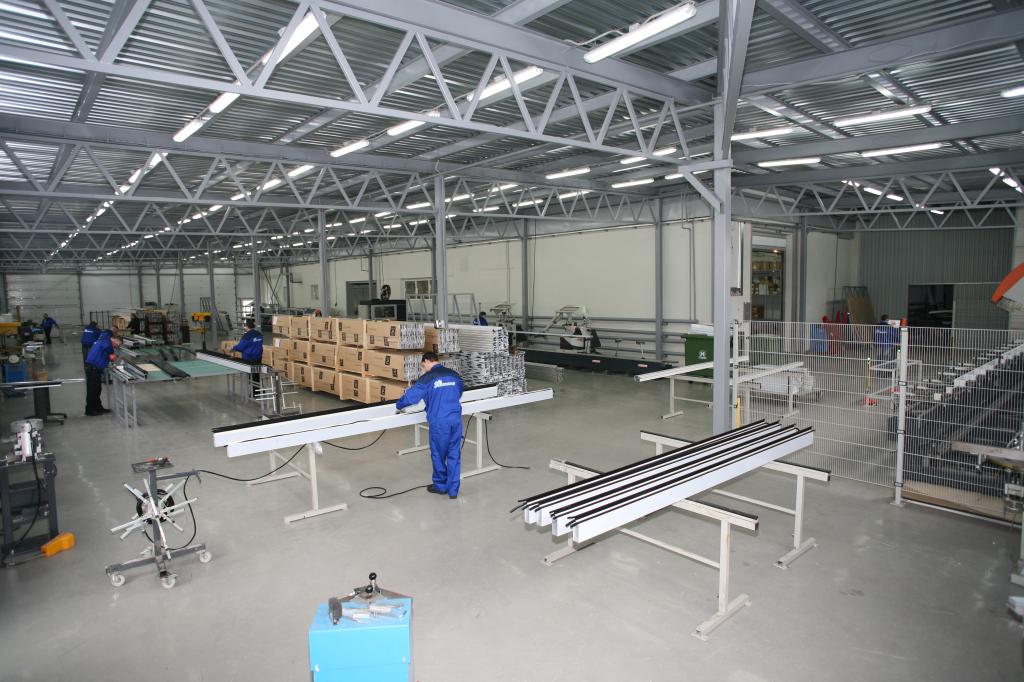
Actual cost, on the contrary, is calculated based on the results of the past period, it includes those expenses that were actually incurred. These types of production costs, such as actual and planned, with production efficiency in most cases do not match. Cost is important for the analysis of all costs, work to redistribute and reduce unnecessary costs.
Types of cost depending on the data used: normative and estimated
For the standard cost, as the name implies, the norms are taken for the costs of resources and materials. Salary costs are taken from the base tariff rates. The advantage of regulatory cost is the rapid identification and analysis of regulatory and actual costs. In most cases, this type of cost is used in large enterprises.
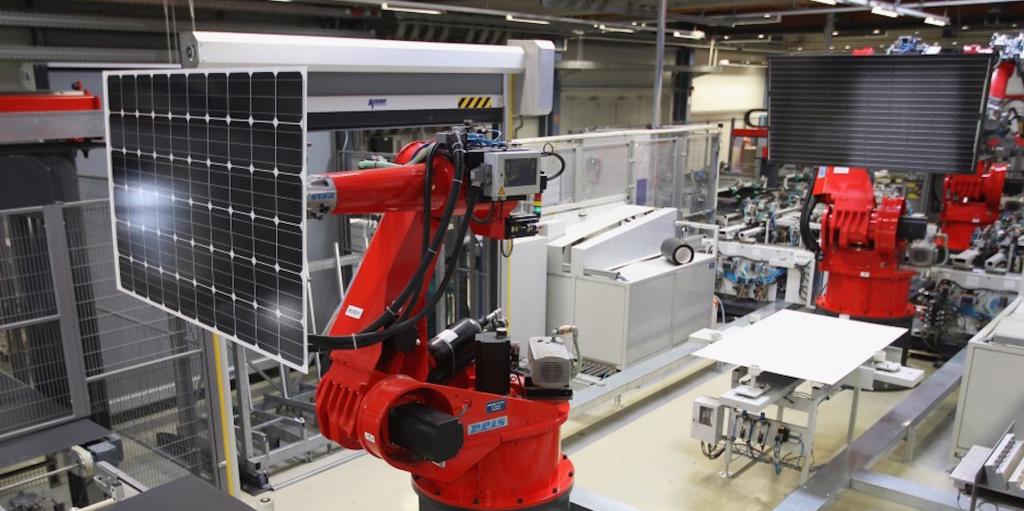
On the contrary, the estimated cost is used in the calculation of production in a single copy. For example, when carrying out contract work, with an individual order for the manufacture of furniture, clothes, etc., the cost price for a particular type of product is used. Most often, this type of cost is used in small industries.
Types of production costs depending on production costs
The costs of production can be associated both with the production itself, and with the sale of products, management of the enterprise as a whole. The types of production costs are distinguished from the type of costs:
- total cost;
- workshop;
- production.
Shop cost
Workshop costs include expenses that were incurred in a specific production workshop or at a specific production site.
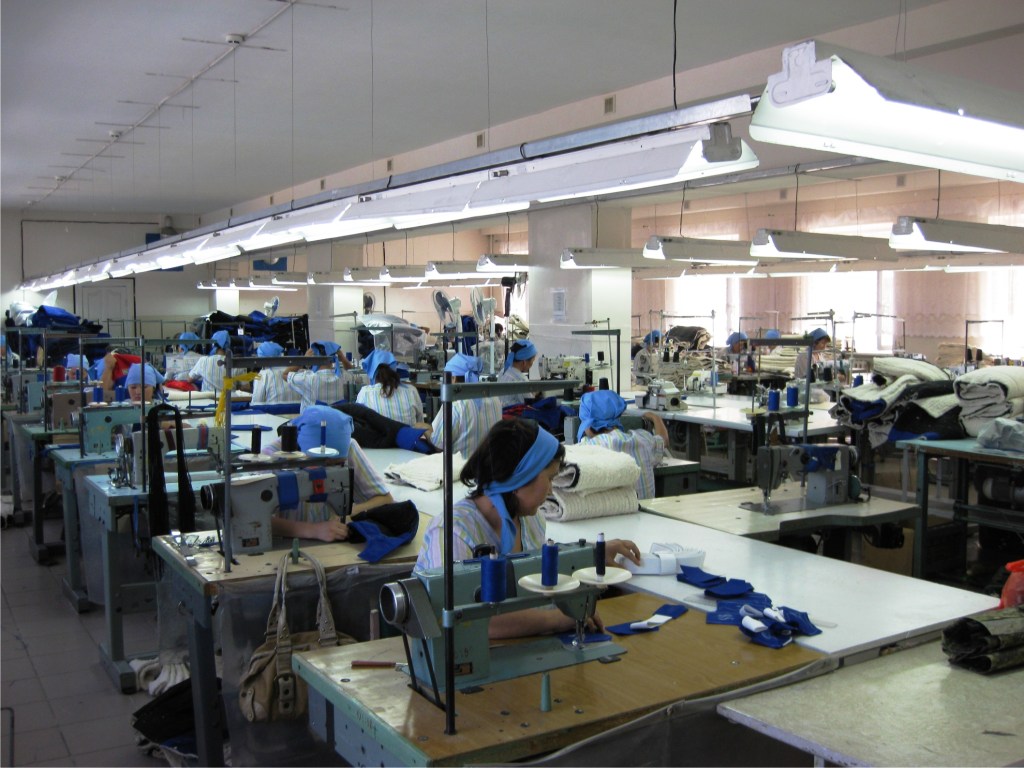
The workshop cost includes such costs as:
- workshop lighting costs;
- heating costs of the workshop;
- remuneration of all workers in the workshop, managers, maintenance personnel and auxiliary workers;
- depreciation deductions.
Production cost
In contrast to the shop floor, the production cost combines all the costs incurred in the production areas, as well as those costs that were incurred in managing the production.
Production costs include both basic and overhead costs. It is important for the calculation of production costs to allocate costs directly related to production. Such costs include expenses for the purchase of raw materials, additional materials, payment for the work and services of third-party enterprises, expenses for the repair and improvement of equipment. Also included are the costs of staff remuneration, payment of processing, vacation pay and sick leave, and insurance premiums accrued on wages are also included.
Total cost
Costs that are not directly related to the production of products, for example, advertising projects, are also included in the total cost. The recorded direct costs at full cost, directly related to the production of products, are the costs of the purchase of materials, the necessary raw materials, semi-finished products. Direct costs also include depreciation and remuneration.
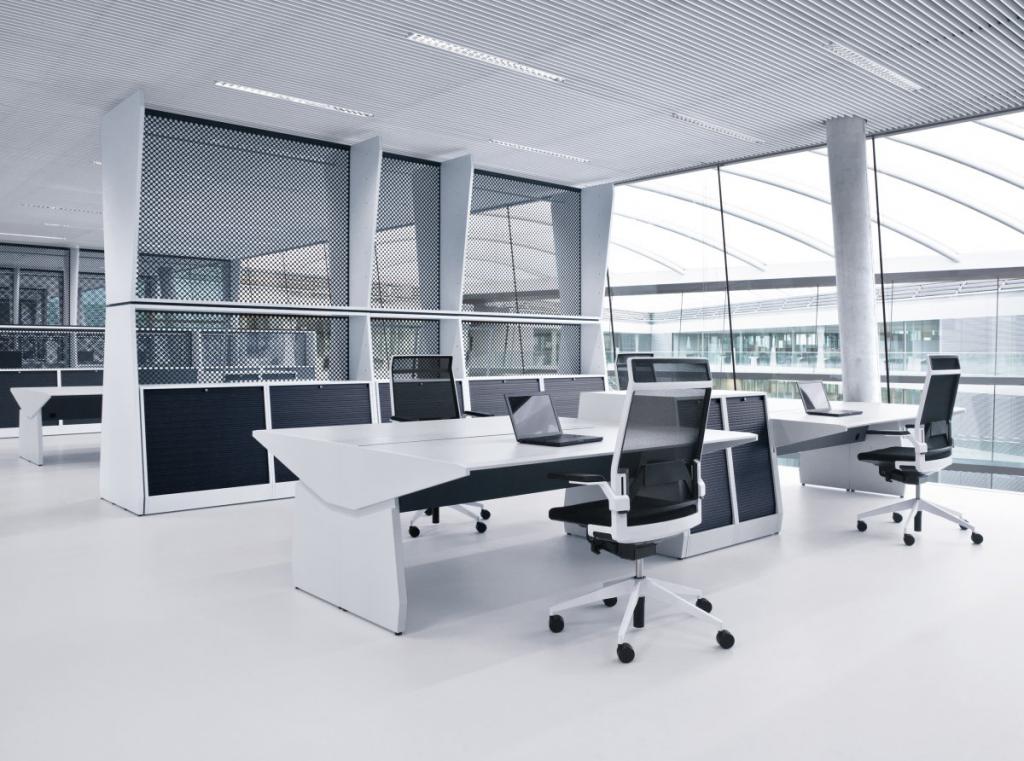
They are included in the full cost and indirect costs, which are expenses that go to support the work of the administrative apparatus, the maintenance of the building. The indirect costs are transferred proportionally to the cost of goods. The full cost, as mentioned above, includes commercial expenses: packaging of goods, delivery, costs of sale, as well as warranty support.
The cost structure refers to the relationship between cost elements, which are included in the cost of each individual product.
Reducing unnecessary costs leads to a decrease in the cost of production, and hence to increased competitiveness of goods in the market. Depending on the size of the company, the number of products manufactured and other factors, one of the presented types of cost is calculated. Cost can also be calculated from data taken for different periods: quarter, year, several years.
